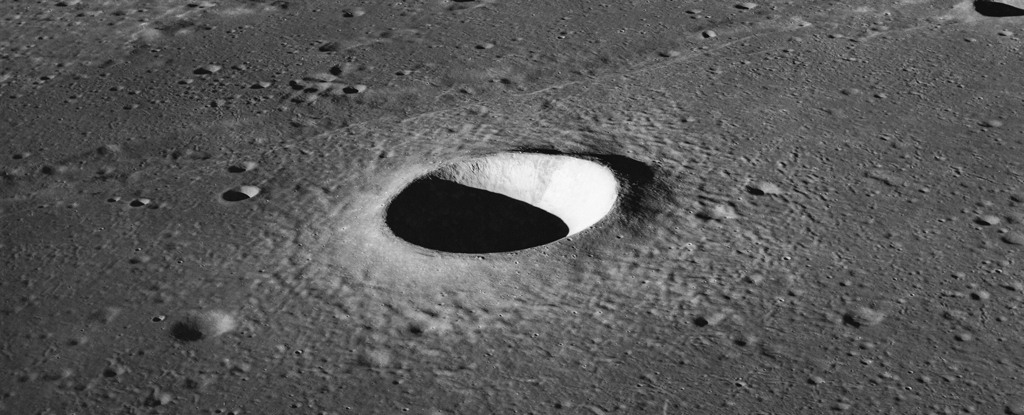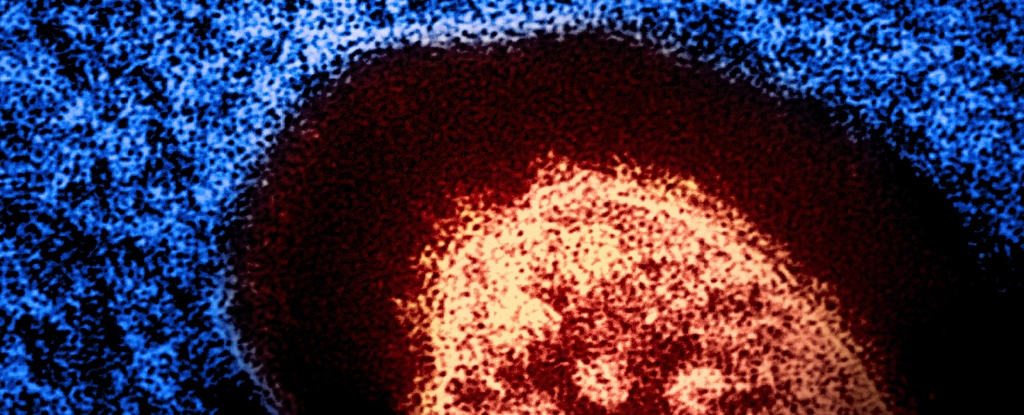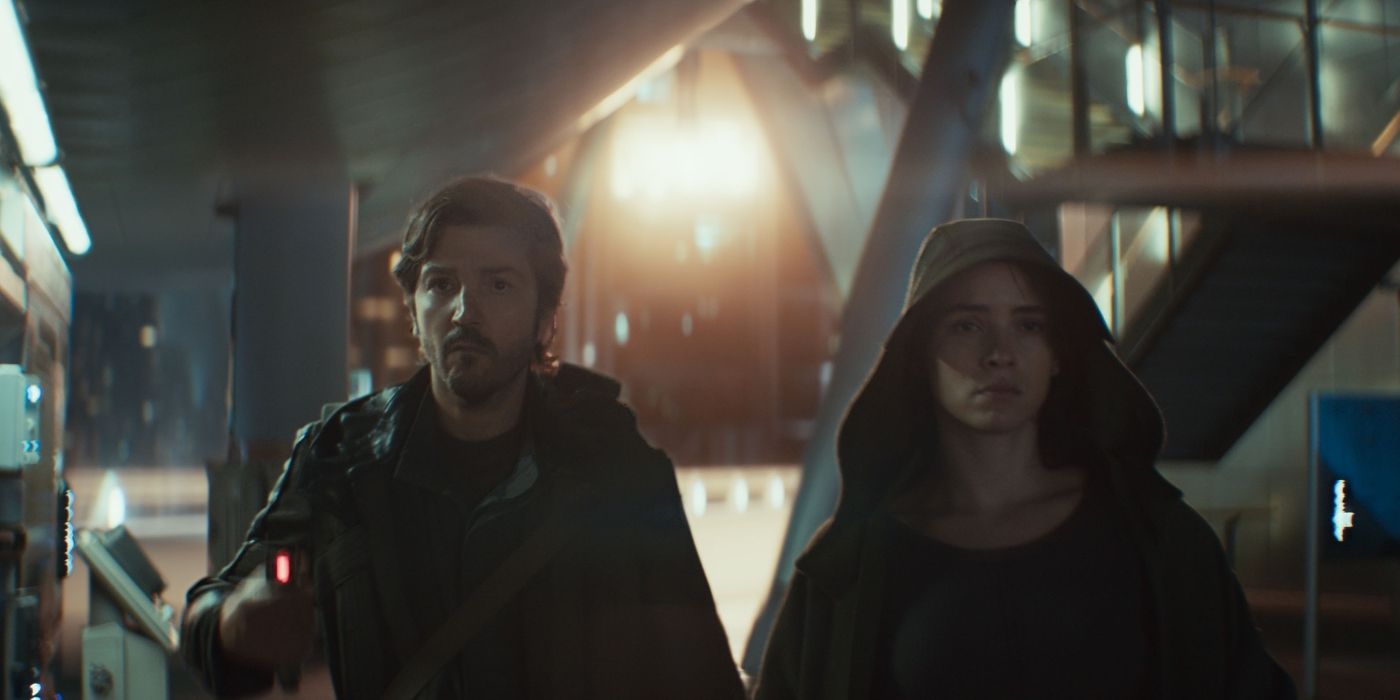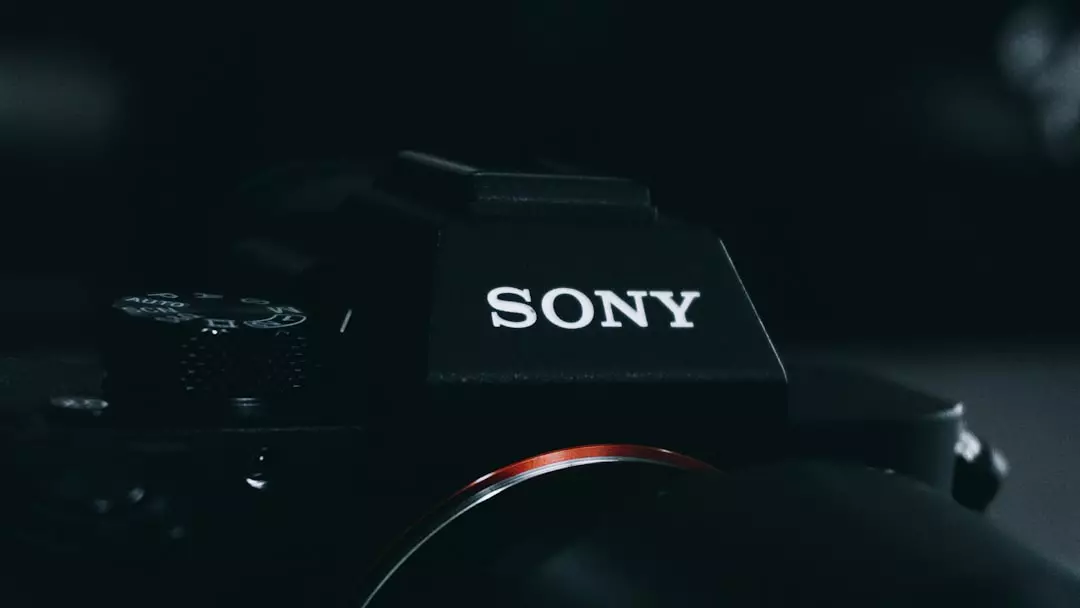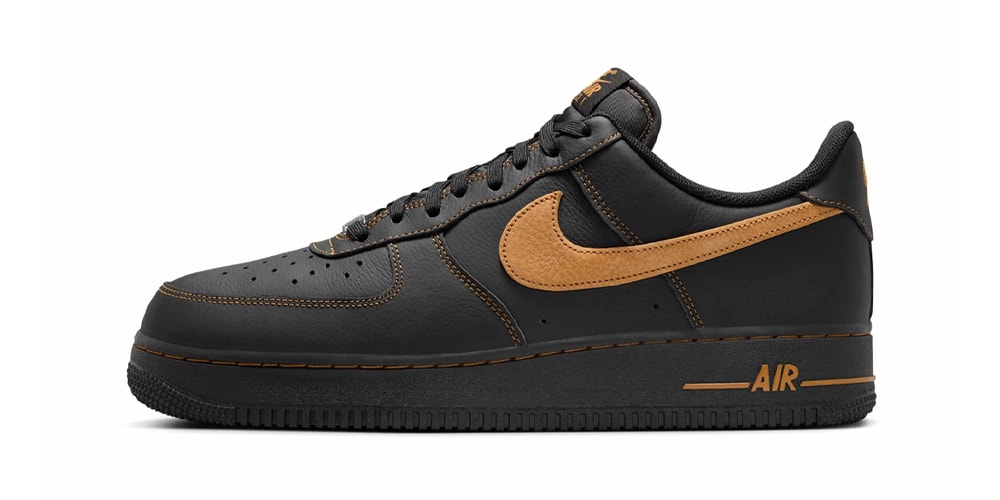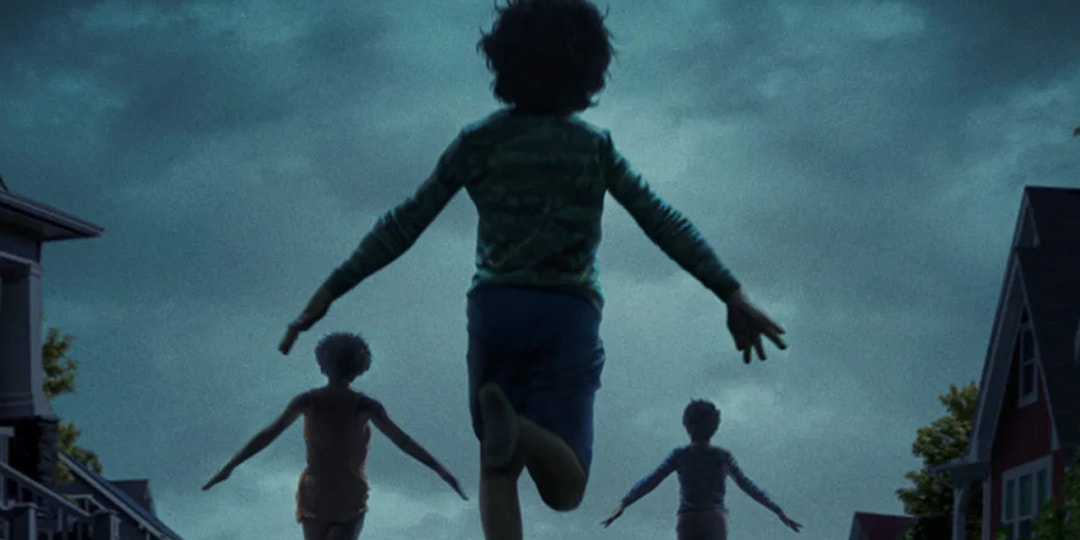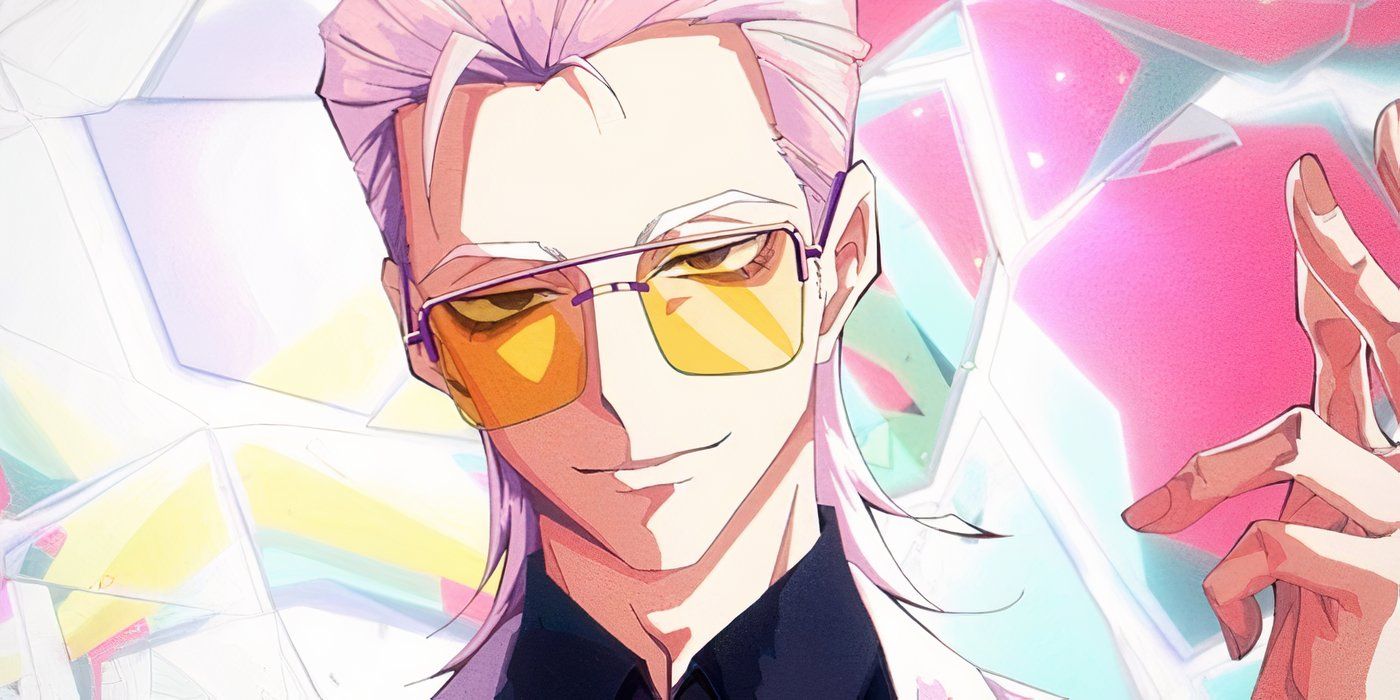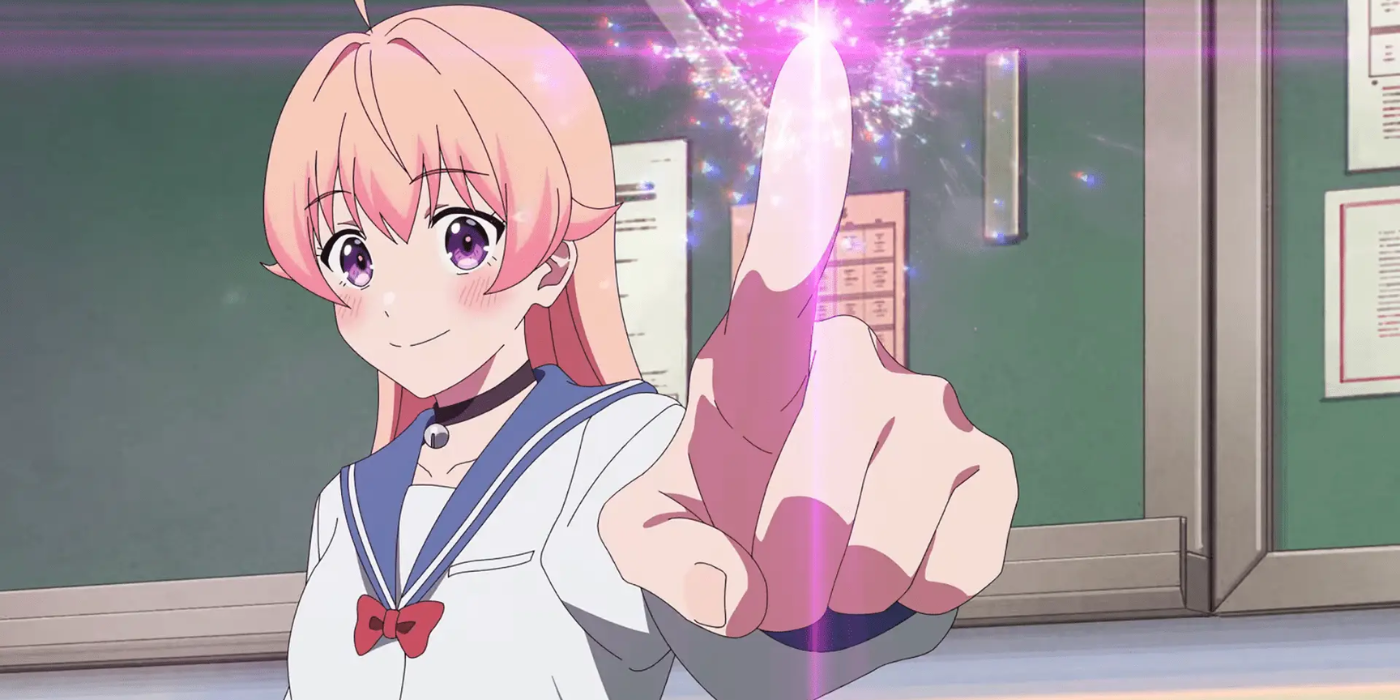How this Editor Got Movies Into SXSW and Sundance This Year
Leah Boatright is a documentary editor with a decade of experience focusing on stories where private lives intersect with larger societal forces, exploring themes of belief, survival, and control. Her recent work includes Baby Doe (SXSW 2025) and The Librarians (Sundance/SXSW 2025). And her past projects include the Emmy-nominated Storm Lake (2021) and The Fourth Wall (Tribeca 2023). While she has worked with commercial clients like HBO and Vogue, her focus remains on complex films that embrace ambiguity. She works in New York City. We were so excited to talk to her about her new project, Baby Doe. Let's dive into the interview. - YouTube www.youtube.com NFS: How did you get your start in editing? Leah Boatright: Starting in third grade, I would edit in-camera, making short comedies with my friends. By high school, I was using Final Cut to make more elaborate stories. I didn’t really think of editing as a profession until my first job after college at an art and design publication’s video department, where I was required to churn out character profiles. At first, it was my least favorite part of the production process because I was stuck inside, behind a computer. I had minored in fine art and was used to the direct expression of drawing and painting, so it was frustrating to be nudging little blocks around a virtual timeline. Once the software stopped feeling like a wall between me and the work, storytelling took over, and it felt like home. NFS: Who are some of your biggest influences? LB: So much of what I know about editing comes from working with mentors, Penelope Falk and Toby Shimin. They taught me things you can’t really learn any other way, and they’re still the first people I turn to when I get stuck. Amazing women! From afar, filmmakers I admire are the Dardenne Brothers, Werner Herzog (along with Joe Bini, his go-to editor), Agnès Varda, Thelma Schoonmaker (Scorsese’s editor), Frederick Wiseman, and Alfred Hitchcock. Hard to name only a few! NFS: What was the biggest lesson you learned on your first project? LB: I transitioned out of editing commercials and branded content when I came on to Holly Morris’ film Exposure as an assistant editor. I ended up sticking around for a year and a half working as a super assistant of sorts, even cutting a very long assembly, even though I barely knew how. Then Penelope Falk was brought on to the film, and fortunately,she took me under her wing. She taught me the basics of dramatically structuring a scene, but more importantly, showed me how to build a film around character arcs and tell the story as clearly and succinctly as possible. NFS: How would you describe your process as an editor? LB: I put a lot of weight on the screening process. I take meticulous notes, marking anything that surprises or moves me, so I can capture my first impressions, which are quickly lost on repeated viewings. These notes become my guide for the rest of the project. Beginner’s mind is everything when trying to serve the perspective of your audience over an 8-12 month edit! So getting feedback from fresh eyes is another key part of the process—lots of listening and then problem-solving out of that. NFS: What have been some career highlights in your editing career? LB: Having films at Sundance and SXSW this year, right after having my first child, is currently at the top! NFS: When did you first hear about Baby Doe? How did you become attached to the project? LB: Either Penny or Toby referred me to director Jessica Earnshaw, and I was immediately struck by her intense empathy and the way she connected with her subjects. She explained to me what pregnancy denial was, a term I had never heard of, though I was familiar with stories of young women abandoning their babies in toilets and dumpsters. The details across many of these cases were eerily similar, and like Jess, I was drawn to the question of why. But even more intriguing to me was that the two subjects Jess was pursuing, Emile Weaver and Gail Ritchey, were both based in Ohio, not far from where I grew up. When I learned that there were even more cases like theirs coming out of the same parts of Ohio (at least the ones that surfaced and made the news), it felt personal. I understood a lot about the environment these women came from. I grew up in a very conservative and Christian community, and I’ve had to unlearn a lot of the stories I was told about how a woman should behave and feel about herself. I felt like I could relate to what I saw as an extreme reaction to those kinds of pressures. NFS: Can you walk us through editing this project? LB: Jess had shot around 500 hours of footage, so screening was a lengthy process, and I am grateful I was able to watch and take thorough notes on most of it, as many film schedules wouldn’t allow that. Producer Holly Meehl Chapman and Assistant Editor Jessie Adler were really great at keeping us on track with that, while also keeping the ball rolling on other


Leah Boatright is a documentary editor with a decade of experience focusing on stories where private lives intersect with larger societal forces, exploring themes of belief, survival, and control.
Her recent work includes Baby Doe (SXSW 2025) and The Librarians (Sundance/SXSW 2025). And her past projects include the Emmy-nominated Storm Lake (2021) and The Fourth Wall (Tribeca 2023).
While she has worked with commercial clients like HBO and Vogue, her focus remains on complex films that embrace ambiguity. She works in New York City.
We were so excited to talk to her about her new project, Baby Doe.
Let's dive into the interview.
- YouTube www.youtube.com
NFS: How did you get your start in editing?
Leah Boatright: Starting in third grade, I would edit in-camera, making short comedies with my friends. By high school, I was using Final Cut to make more elaborate stories. I didn’t really think of editing as a profession until my first job after college at an art and design publication’s video department, where I was required to churn out character profiles. At first, it was my least favorite part of the production process because I was stuck inside, behind a computer. I had minored in fine art and was used to the direct expression of drawing and painting, so it was frustrating to be nudging little blocks around a virtual timeline. Once the software stopped feeling like a wall between me and the work, storytelling took over, and it felt like home.
NFS: Who are some of your biggest influences?
LB: So much of what I know about editing comes from working with mentors, Penelope Falk and Toby Shimin. They taught me things you can’t really learn any other way, and they’re still the first people I turn to when I get stuck. Amazing women! From afar, filmmakers I admire are the Dardenne Brothers, Werner Herzog (along with Joe Bini, his go-to editor), Agnès Varda, Thelma Schoonmaker (Scorsese’s editor), Frederick Wiseman, and Alfred Hitchcock. Hard to name only a few!
NFS: What was the biggest lesson you learned on your first project?
LB: I transitioned out of editing commercials and branded content when I came on to Holly Morris’ film Exposure as an assistant editor. I ended up sticking around for a year and a half working as a super assistant of sorts, even cutting a very long assembly, even though I barely knew how. Then Penelope Falk was brought on to the film, and fortunately,she took me under her wing. She taught me the basics of dramatically structuring a scene, but more importantly, showed me how to build a film around character arcs and tell the story as clearly and succinctly as possible.
NFS: How would you describe your process as an editor?
LB: I put a lot of weight on the screening process. I take meticulous notes, marking anything that surprises or moves me, so I can capture my first impressions, which are quickly lost on repeated viewings. These notes become my guide for the rest of the project. Beginner’s mind is everything when trying to serve the perspective of your audience over an 8-12 month edit! So getting feedback from fresh eyes is another key part of the process—lots of listening and then problem-solving out of that.
NFS: What have been some career highlights in your editing career?
LB: Having films at Sundance and SXSW this year, right after having my first child, is currently at the top!
NFS: When did you first hear about Baby Doe? How did you become attached to the project?
LB: Either Penny or Toby referred me to director Jessica Earnshaw, and I was immediately struck by her intense empathy and the way she connected with her subjects. She explained to me what pregnancy denial was, a term I had never heard of, though I was familiar with stories of young women abandoning their babies in toilets and dumpsters. The details across many of these cases were eerily similar, and like Jess, I was drawn to the question of why. But even more intriguing to me was that the two subjects Jess was pursuing, Emile Weaver and Gail Ritchey, were both based in Ohio, not far from where I grew up. When I learned that there were even more cases like theirs coming out of the same parts of Ohio (at least the ones that surfaced and made the news), it felt personal. I understood a lot about the environment these women came from. I grew up in a very conservative and Christian community, and I’ve had to unlearn a lot of the stories I was told about how a woman should behave and feel about herself. I felt like I could relate to what I saw as an extreme reaction to those kinds of pressures.
NFS: Can you walk us through editing this project?
LB: Jess had shot around 500 hours of footage, so screening was a lengthy process, and I am grateful I was able to watch and take thorough notes on most of it, as many film schedules wouldn’t allow that. Producer Holly Meehl Chapman and Assistant Editor Jessie Adler were really great at keeping us on track with that, while also keeping the ball rolling on other aspects of the edit during that time. Jess and I worked closely with George O’Donnell, who began as a consulting editor, to figure out which parts of that footage were worth developing into scenes. And about six months into the edit, I found out I was pregnant—of all things! Which meant, on top of the usual festival deadlines, I suddenly had one of my own.
George started jumping in on the cut as his schedule opened up, and we edited many more scenes than we were able to use in the end. Toward the end of my work on the film, George, Jess, and I holed up at George’s house in the Hudson Valley for a series of edit retreats, trying to crack the right combination. I think the pressure of festival deadlines, running out of money, and getting lots of conflicting feedback wore everyone down. The film still wasn’t where we wanted it to be when I stepped away to have my baby, so the project took a hiatus. George and Jess then jumped back in to finish the film and did an inspired job of bringing the story back to its core, and staying true to Gail, her family, and her case in a way we had all been aiming for.
NFS: What was the biggest challenge editing this project?
LB: As George said beautifully during the Q&A of our SXSW premiere, it was clear to the team after watching the hundreds of hours of intimate footage Jess and cinematographer Emily Thomas captured that Gail was so far from a “monster.” None of us felt that she intentionally killed the two babies she gave birth to. But distilling that down into a feature-length film was very difficult. We had to logically explain Gail’s charges and accurately represent who she is, which wasn’t easy because she’s such an understated person. And we would get such varied responses to Gail and what she did in the feedback screenings we held, especially between men and women. It was a challenge to establish a baseline of how each scene made the audience feel, and the order of scenes would shift those feelings too. It was like juggling spinning plates, which I think you have to some degree in every film, but Baby Doe really took the cake.
NFS: You also edited The Librarians - how did that process differ?
LB: I came onto The Librarians after editor María Gabriela Torres (Gaby) had already been on the project for a year. She had cut an assembly and was the “Footage Mastermind” of everything Kim and the team had already shot, while I worked with new material and collaborated with Gaby on how to structure all the scenes when they were brought together. Since I was caring for my newborn, I worked part-time for most of the project, which helped me keep more distance from the material than I ever had when working nonstop on past films, and it was actually really cool!
To keep things moving, Kim brought on several other editors—Sabine Hoffman was very involved as a consultant, Francisco Bello came on for a short stint but did wonderful work, and then Austin Reedy was a key collaborator to Gaby and me to get to a rough cut, before Mark Becker came on at the end and was instrumental in getting the film Sundance-ready—and we only had six weeks to do it! It was highly unusual to work with that many editors on a feature (I’ve worked with fewer on a series), but it was also a real treat. I think I get the most joy bouncing ideas off other editors and handing sequences back and forth. You learn so much about the craft that way. I first got a real taste for that kind of creative back-and-forth working on a series with my former co-editor, Connor Kalista, who would always spark offbeat ideas and pull inspiration from places I might not have looked. It’s a kind of collaboration you don’t find in most other art forms.
- YouTube www.youtube.com
NFS: What do you hope audiences take away from both projects?
LB: I hope audiences walk away feeling moved by these films, and that it opens the door to conversations they might not normally have with their friends. The Librarians and Baby Doe are both very different films, but at their core, they’re about the courage it takes to speak your truth and the strength we find in our community.
They’re also both films about attacks on women, where the perpetrators, guided by rigid religious, political, or legal systems, fail to see any nuance. I hope these films urge viewers to look in the mirror, not with judgment, but with awareness of the roles we each play. Can we make room for more compassion?
NFS: What’s next for you?
LB: I’m fielding options while helping to produce a documentary that my husband, Nat Livingston Johnson, is developing. It’s about language and control in a remote village in Papua New Guinea. Most of the footage is in a language spoken by only a few hundred people, and the younger generation is drifting from their heritage as the community connects to the outside world. It’s a glimpse into a vanishing perspective, one that few people ever see, and it’s been a welcome change of pace for me.
NFS: Is there anything you’d like to add?
LB: Just that I’m grateful to be doing work I care about, to be part of these films, and to collaborate with people who bring so much care and skill to what they do. Editing can be a grind, but working on stories that ask something more of us, both as viewers and as people, is what keeps me excited.




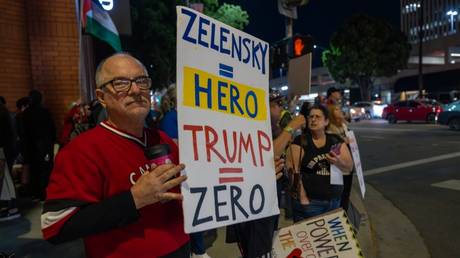



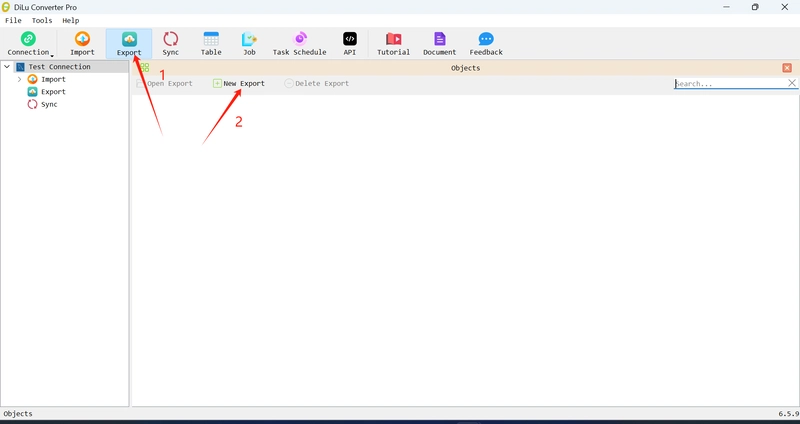

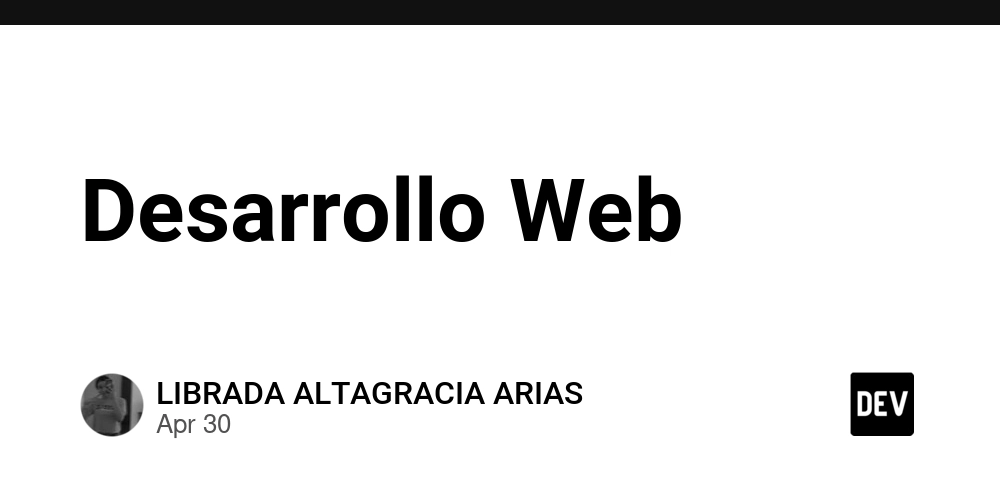
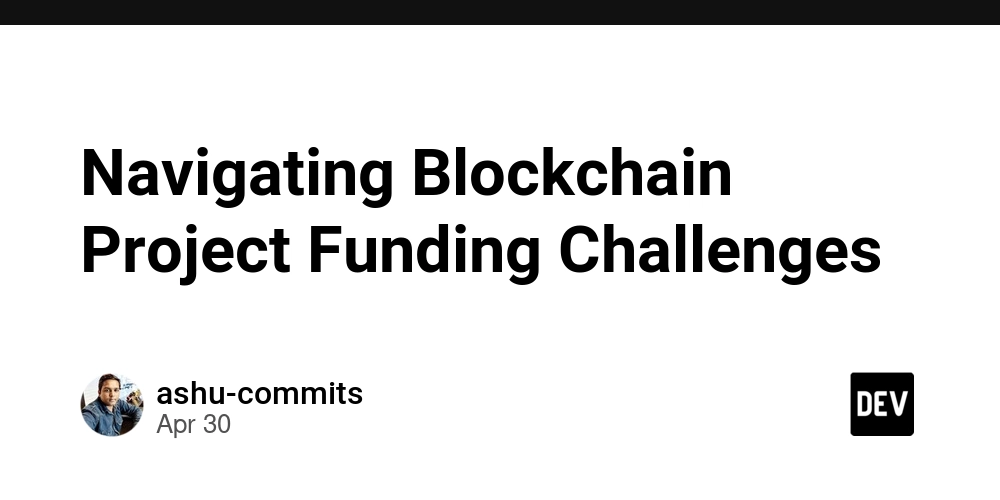






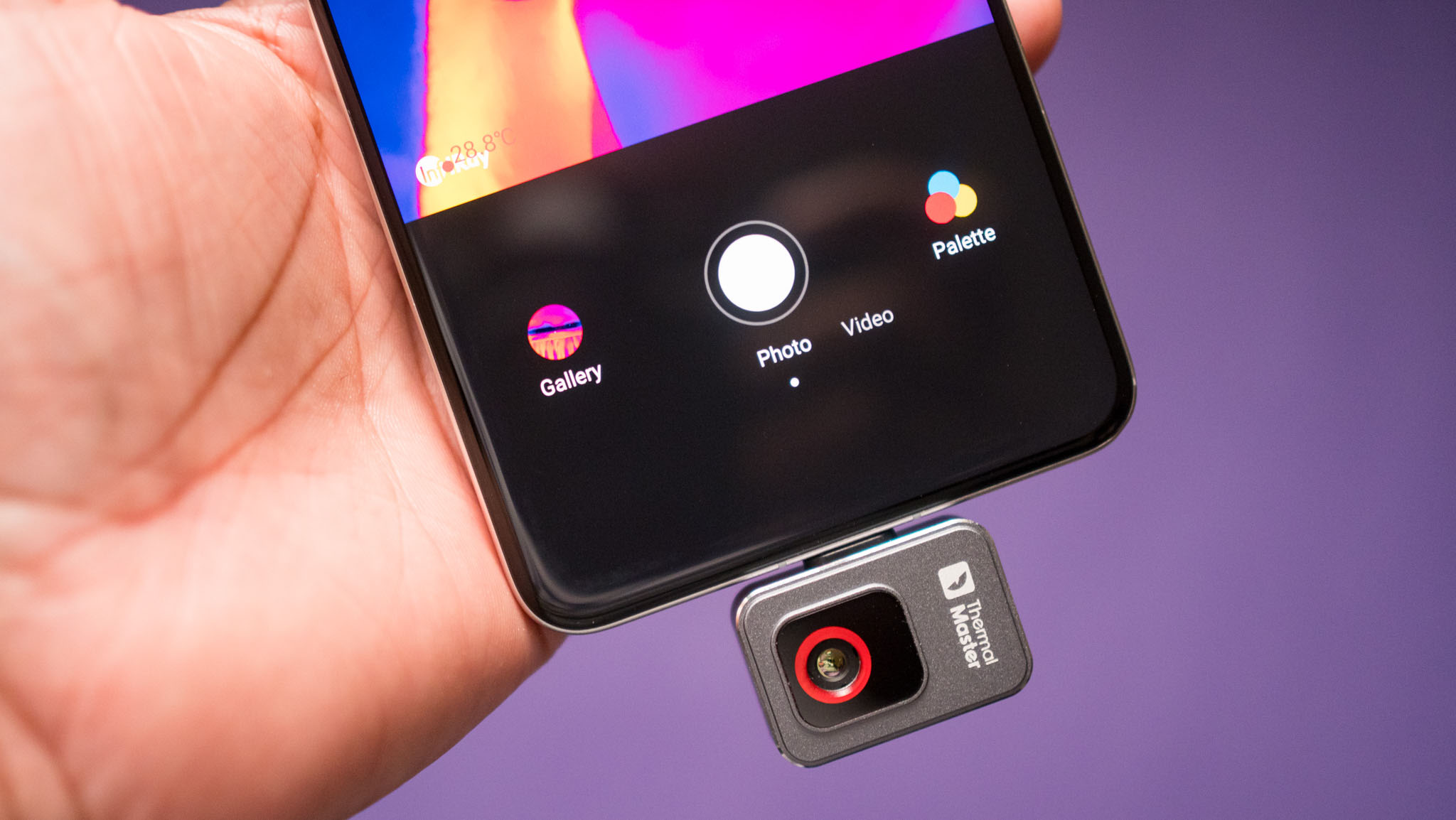
![New iPhone Factory Goes Live in India, Another Just Days Away [Report]](https://www.iclarified.com/images/news/97165/97165/97165-640.jpg)















